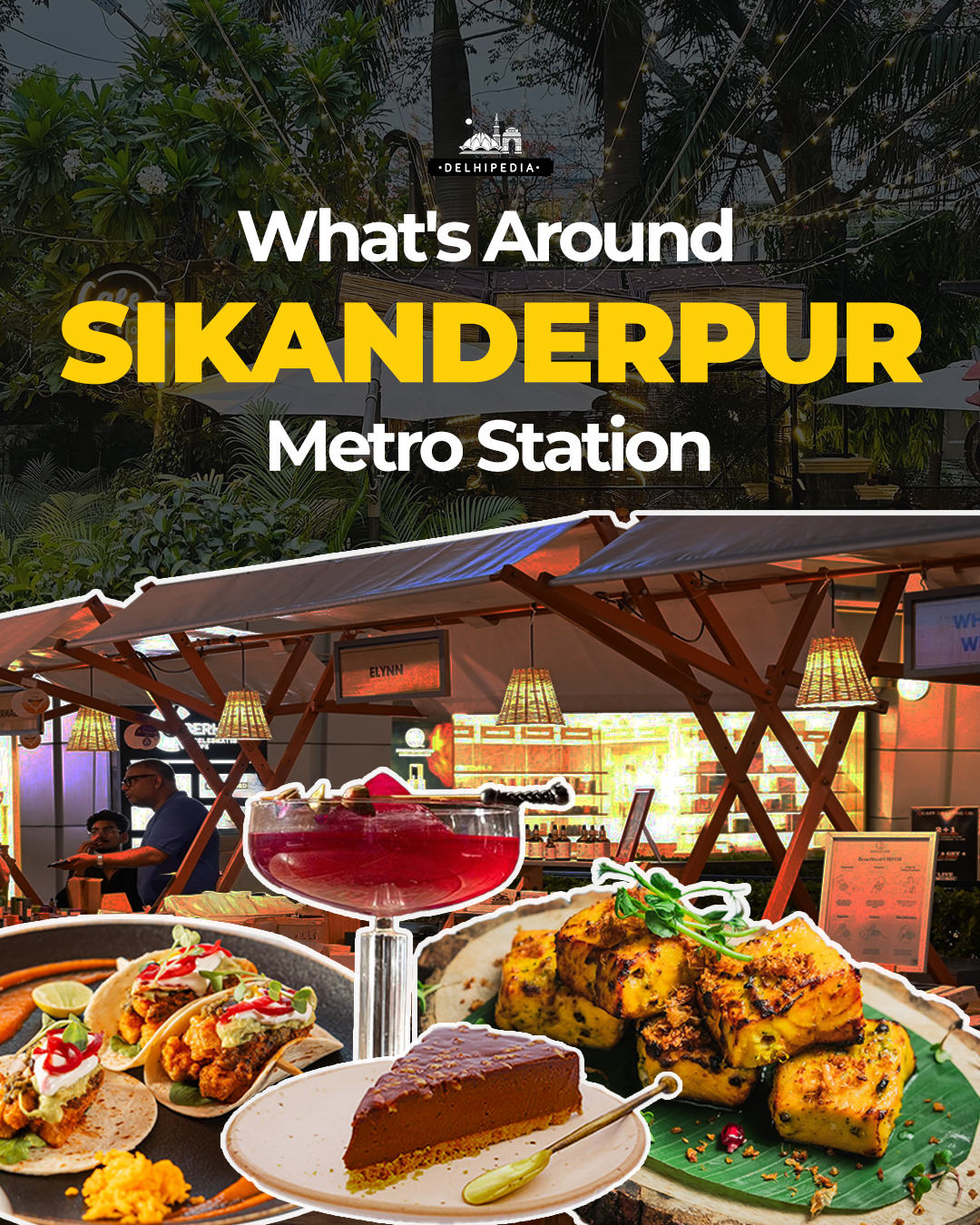An ambivalent celebration of decay– the Minto bridge is a railway bridge, built over a road, called Minto Road that connects Connaught Place’s Outer Circle at one end, Shahjahanabad at the other, DDU Marg on the third, and the New Delhi Railway Station on the fourth. Succumbed to these areas of higher elevation, the runoff during the heavy rains finds no drainage and thus the underpass gets inevitably filled.
This brick masonry structure with a large segmented arch spanning the width of the road has now become dull and lost the bright red colour (now painted in colours of Tricolor-the Indian National Flag.)
Constructed in 1926, after the transfer of Raj administration from Calcutta to Delhi, the formerly known bridge-Minto bridge (now Shivaji bridge) has become a metaphor for eternal civic apathy. A listed heritage structure falls prey to the capital’s choked and dysfunctional drainage system every monsoon season. Waterlogging under the Minto road railway bridge is an entirely inevitable event during the downpours.
History of Construction
British policies under the Raj rule in India underwent revision after the 1857 Mutiny. The changes in British attitude and colonial policy were due to a fear psychosis that resulted in the deliberative merging of structures for defensive strategies in the name of administration after capturing Shahjahanabad-the heart of the Mughal empire. The railway line, earlier planned to be laid outside the walled city, and terminating offshores Hindon in Ghaziabad or the Eastern bank of Yamuna river was shifted to make it cut through the middle of Shahjahanabad. Not just colonial past, but the bridge witnessed partition riots and violence too. Notorious for the numerous deaths due to inundation, the bridge was the site for several massacres of people fleeing to refugee camps in Humayun’s tomb and Red fort. Thus, it has not let go of its earlier identity. Ironically, the bridge was named after —Gilbert John Elliot-Murray-Kynynmound, the Fourth Earl of Minto and Viceroy of India from 1905 to 1910.
“The British felt that in case of a threat they (British) could close the Minto and Hardinge bridge underpasses and virtually seal the city.” says AK Jain, an architect and former commissioner (planning) at the Delhi Development Authority who has written several books on. Further, it was the precursors to the discourse on urbanisation.
The Problem-Causes and Solutions
For ensuring the unhindered visual link between Jama Masjid in Old Delhi, Central Park in Connaught place and parliament, the height of the bridge was kept low. Amplified by the problem of natural gradient today, the waterlogging under the bridge is also because the heritage bridge cannot be easily re-engineered, the extreme concretisation of open spaces, debris accumulation and poor drainage system of the capital. In 2008, a proposal was brought to demolish the bridge and redesign the area as part of the expansion of the New Delhi railway station, ahead of the Commonwealth Games, but it never took off.
Conclusion
The heritage structure is in a dilapidated condition. Not even a single signboard indicating its historical worth is there– why/when/by whom it was built? Maintained jointly by two authorities– the Northern railways and the NDMC, both the agencies couldn’t maintain the status given to such bridges in European countries. Thus, the bridge is in dire need of a lasting solution.
Bibliography
- The Making of New Delhi: A study of the destruction of Pre-colonial settlements and memories (1860s-1920s)
- Explained: Why does Delhi’s Minto Bridge underpass keep getting flooded? https://indianexpress.com/article/explained/new-delhi-minto-bridge-rains-floods-waterlog ging-6516140/
- “A lot of water has flown under this bridge: The Minto mark on Delhi’s history” Hindustan Times, New Delhi. By Manoj Sharma updated on JUL 23, 2020 12:05 PM IST
- Waterlogged since the 1950s: Why Minto Bridge is Delhi’s flooding constant Hindustan Times, New Delhi | By Vatsala Shrangi updated on JUL 20, 2020 08:03 AM IST




